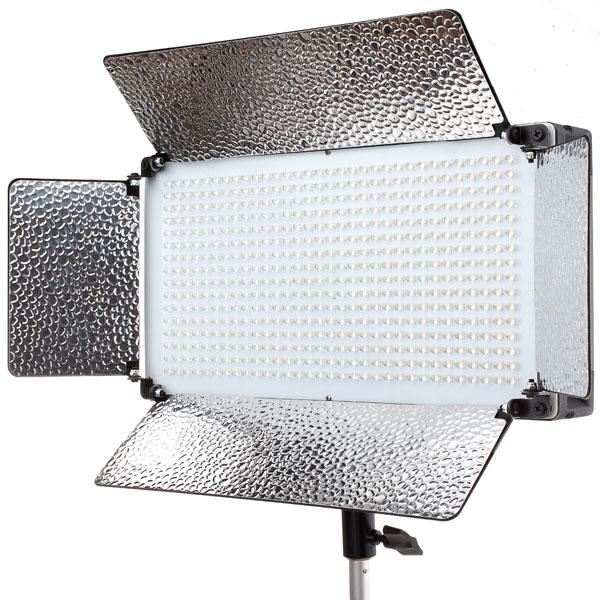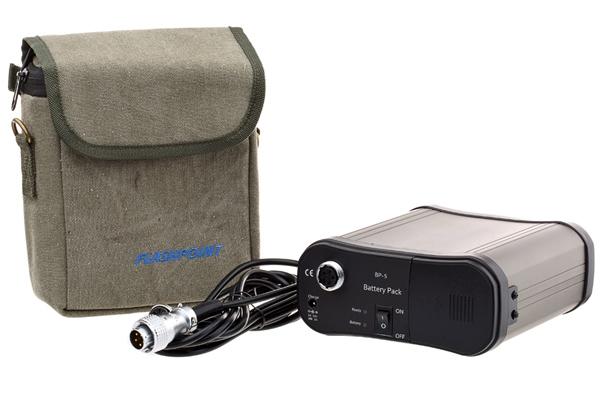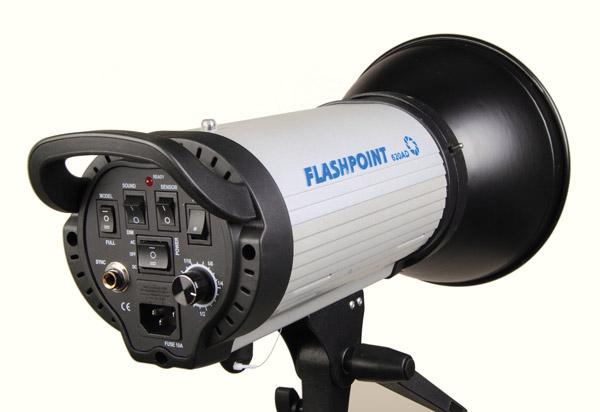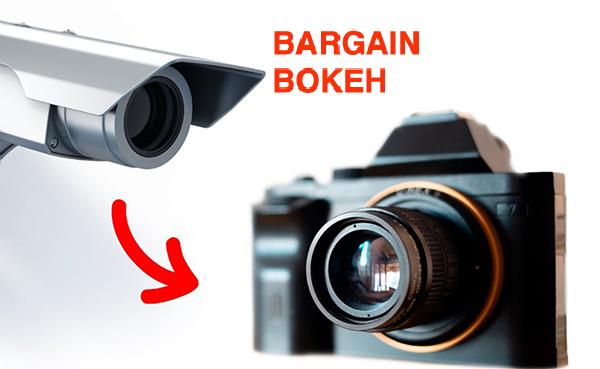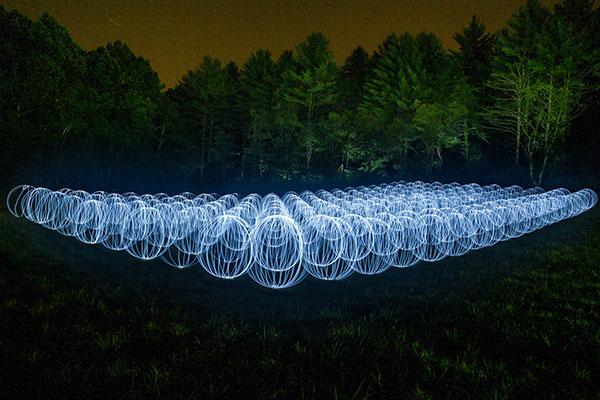Lighting News
Sort By: Post DateTitle Publish Date
|
Nov 26, 2013 |
First Published: Oct 01, 2013 |
|
Feb 04, 2014 |
First Published: Dec 01, 2013 |
|
Sep 20, 2013 |
First Published: Aug 01, 2013 |
|
Apr 26, 2013 |
First Published: Mar 01, 2013 |
|
May 14, 2012 |
First Published: Apr 01, 2012 |
|
Oct 03, 2017 |
|
Feb 04, 2014 |
First Published: Dec 01, 2013 |
|
Oct 19, 2014 |
|
Jan 23, 2013 |
First Published: Dec 01, 2012 |
|
Feb 27, 2015 |
|
Mar 01, 2018 |
|
Oct 20, 2014 |


